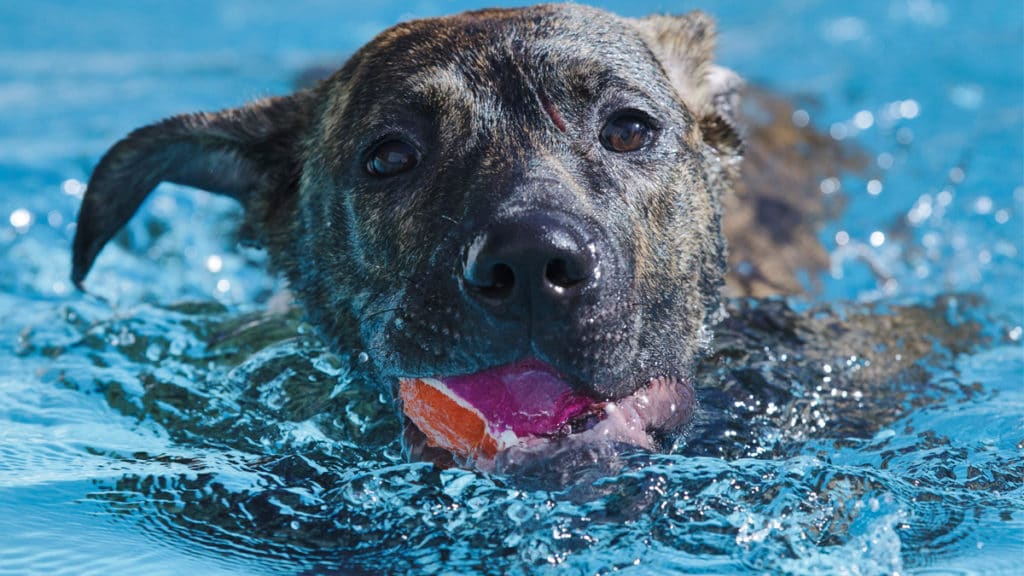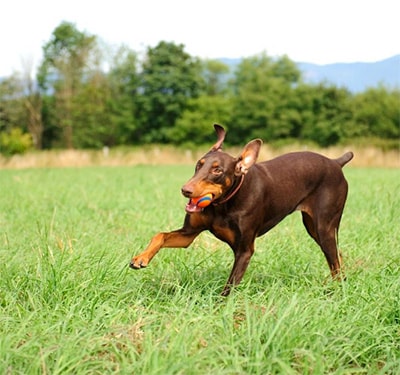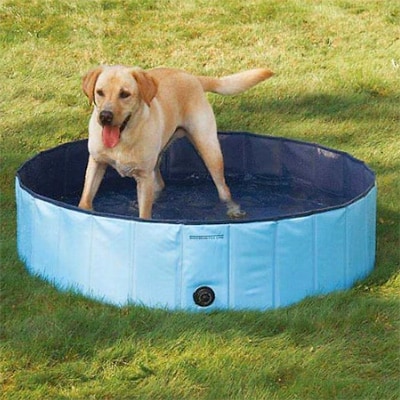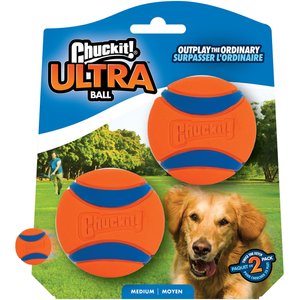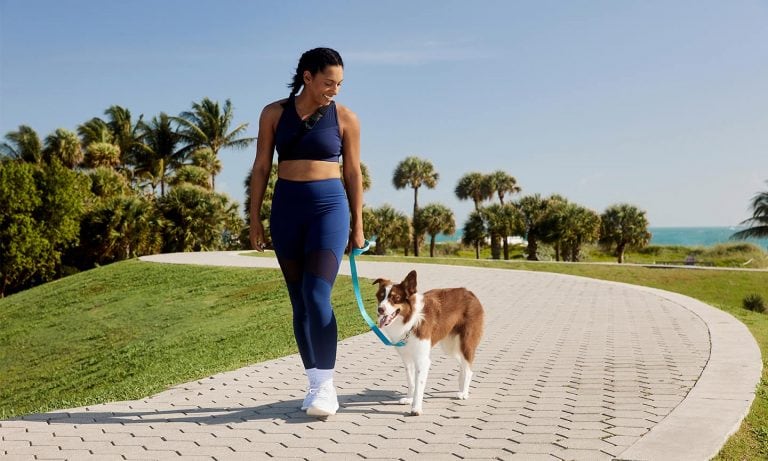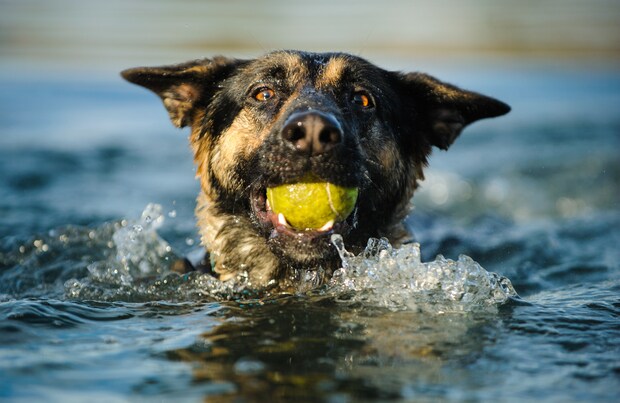Dog Exercises to Get Your Dog Ready for Summer
As the weather gets warmer, there are more opportunities to get active with your dog. You may have relaxed over the winter, spending most of your days on the couch together. But now that the sun is coming out, are you and your pup ready to spring back into action with some fun dog exercises?
Use these tips from Dr. Heather Loenser, practicing veterinarian in New Jersey and Senior Veterinary Officer for the American Animal Hospital Association, to start your dog exercises off right and avoid common injuries that land active dogs in the veterinarian’s office.
Dog Activities for Springtime
Simple, on-leash walks are great for dogs of all ages and energy levels. For overweight dogs or a dog that is not used to exercising, you can start to gauge their endurance by going for walks. It’s best to start slow and begin with brief walks. Jumping into intense, high-impact dog activities can lead to overexertion, heatstroke or injury.
“Controlled exercise is the safest way of working the energy out of your dog. However, if they pull on their dog leash, you may need additional gear like a head collar, obedience classes or hiring a dog walker with a similar activity level as your dog,” says Dr. Loenser.
Once you and your four-legged friend are warmed up with regular walks, you can start trying more challenging dog activities. Playing fetch with a ball or toy is a fun way to get your dog working out. Make sure the ball does not fit entirely inside your dog’s mouth so there is no risk of it getting lodged in their throat. Never use sticks, which can splinter and cause lacerations to your dog’s mouth and throat.
“Any time a dog plants his foot and turns quickly—think playing with flying discs, jumping off the deck to fetch a ball, taking off running to chase a squirrel—he is at risk of hurting the ligaments in his knee; most specifically, tearing the CCL (cranial cruciate ligament),” says Dr. Loenser. “In people, it’s called the ACL (anterior cruciate ligament), which is commonly injured doing similar motions—plant and twist!” Be sure that your dog exercises match your dog’s activity level, and always be on the lookout for limping or signs of knee injury or other injuries.
Low-Impact Dog Exercises
Swimming is a great, low-impact way to get your dog working out. It tones your dog’s entire body without putting a strain on their joints. If you plan on taking your dog swimming, you will want to look for a clean body of water in a public area that allows dogs.
“Just be sure they are properly vaccinated against leptospirosis if your veterinarian sees this disease in your area,” says Dr. Loenser. “It’s contracted by drinking fresh water contaminated by the urine of wildlife and livestock.”
Not all dogs are able to swim, and not all enjoy it. You may want to try setting up a dog pool in your backyard before taking your dog elsewhere. Always supervise your dog, whether they are swimming in a pool or a natural body of water.
Including Your Dog in Your Exercise Routine
Many of your favorite spring activities can be adapted to include your dog. If you enjoy running, you might be interested in canicross, or cross-country running where your dog runs ahead of you, attached by a Hands-Free Running Dog Leash. If you love biking, you can try bikejoring, where your dog pulls you while you are on your bike. If you prefer to control your pace, you can always just let your dog run next to you while you bike. For this exercise, try the Walky Dog Plus Bicycle Exercise Dog Leash—a tool that allows your dog to safely walk or run next to you during your bicycle ride.
If biking and running aren’t really appealing to you, don’t worry—you can find ways to include your pup in other exercise routines. “I’ve even seen classes that promote exercising with your dog, like dog aerobics and dog yoga!” says Loenser.
Keep Your Pup Safe During Dog Exercises
If your dog is among the nearly 50% that are overweight or obese, Dr. Loenser recommends checking out the Weight Management Guidelines on the AAHA website. You can also talk to your veterinarian about implementing healthy diet changes according to your dog’s unique nutritional needs.
Be sure to monitor your dog during any physical activity for signs of fatigue or distress. “Anytime your dog’s breathing becomes noisier than usual, stop and reassess. Some older, large breed dogs develop a weakening of their airway, called laryngeal paralysis, that can make breathing very difficult during exercise and can cause them to overheat,” says Dr. Loenser. “Additionally, if your dog is ‘slowing down’ over time, it’s likely not just because of age. Typically, there’s a reason, like arthritis, that is causing them to lose the pep in their step. Talk to your veterinarian if this is happening. They can screen your dog for arthritis and prescribe safe pain medications.”
Call your veterinarian immediately if your dog shows signs of illness or injury after an activity. It is normal for your dog to be tired afterwards, but they should not be especially lethargic, disoriented or showing signs of being in pain, like whimpering and limping.
![]()
Lindsay Pevny is on a mission to gather science-based information on pet care, training and products, and to use her writing to help other dog parents make informed decisions for their four-legged family members. As a pet copywriter, she works with passionate pet business owners to spread the word about their innovative pet products and services. Get to know her doggy muses, Matilda and Cow, on her personal blog, Little Dog Tips.
Share:
